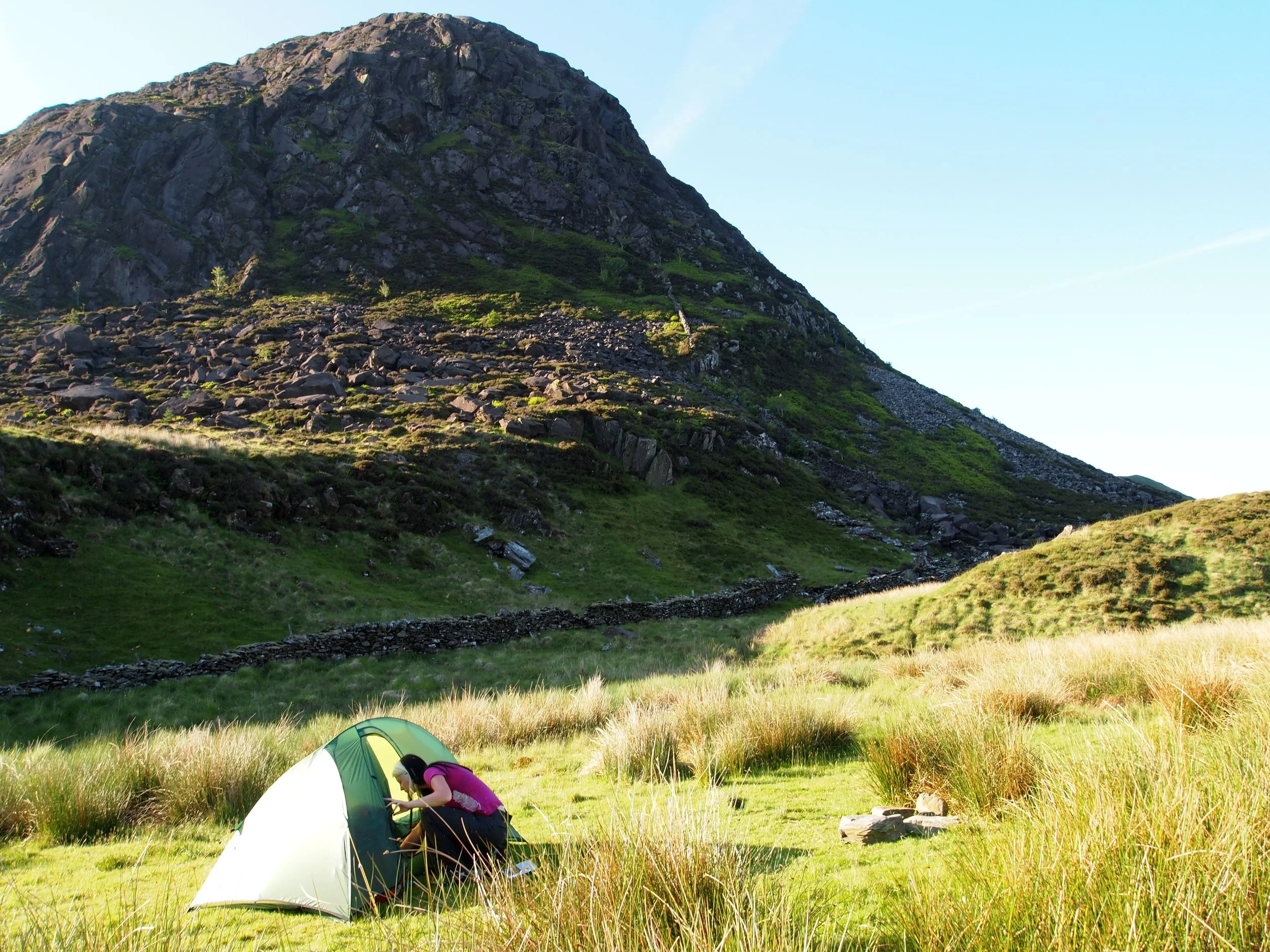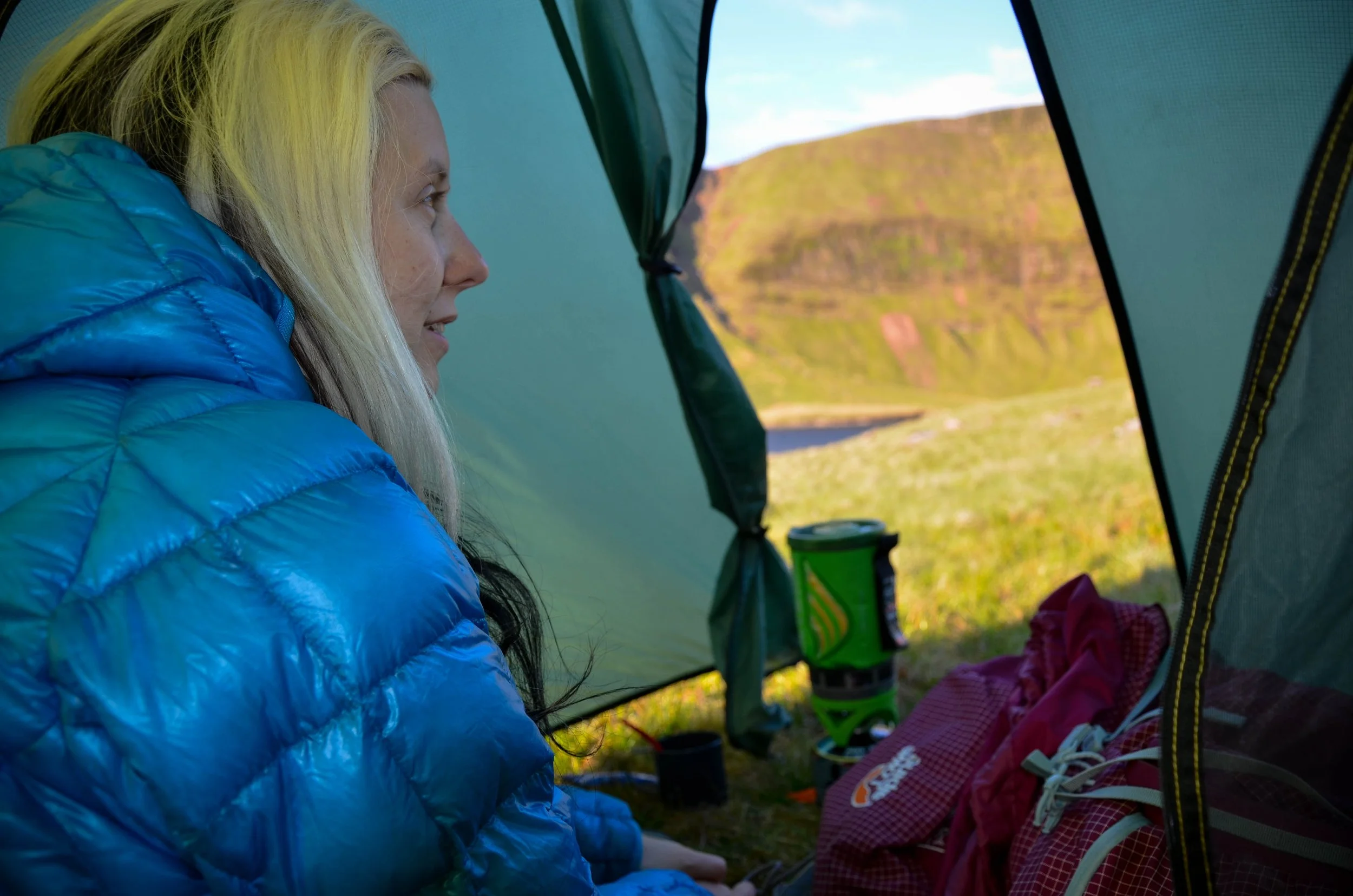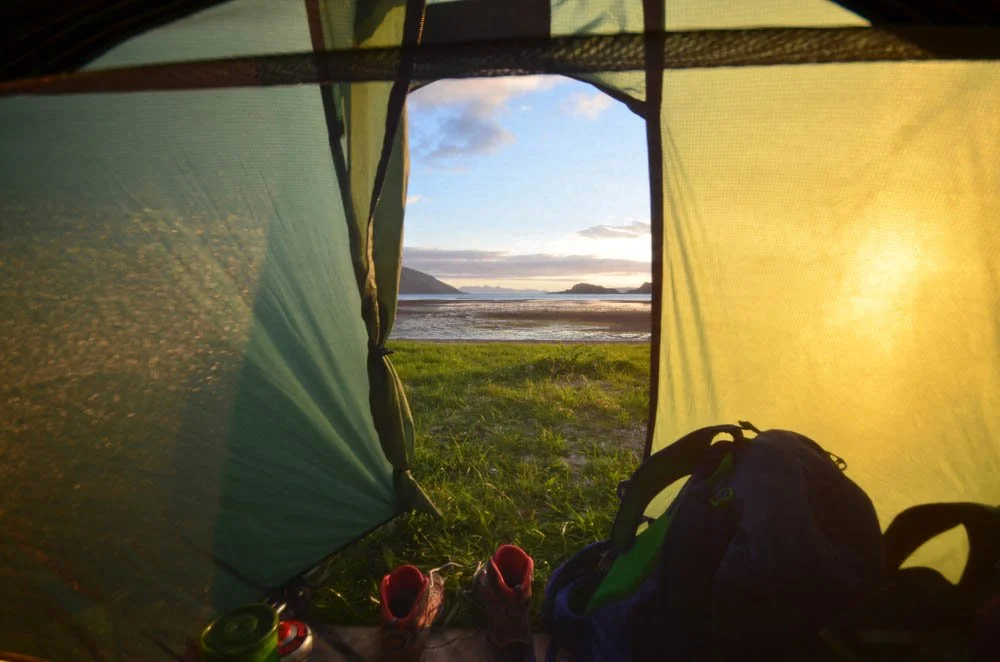
Want to leave the paid-for pitches of a campsite behind to try something a little more wild? Here’s what you need to know first…
There are few experiences that can rival the excitement and the freedom of sleeping in a wild place. With fresh air filling your lungs, the grass as your mattress and the stars as your ceiling, the great outdoors can set the scene for one of the most memorable nights of your life. But the first time you do it can be a little scary, here's how to remember your wild night out for all the right reasons…
Be prepared
Get all your kit (see kit list) ready a few days before you intend to wild camp in what I call a Go Bag that way when the weather is good and the timing is right you can head out quickly without having to scout around the house for your gear.
Tent or Bivvy?
The choice is really yours. Some people prefer the space of a tent and a zippable tent door, while others prefer to be out in the open with just a waterproof sack (bivvy bag) covering their sleeping bag. If the weather is good you can’t beat a bivvy, but if it looks like rain a tent is definitely advised. It’s a personal decision so go with what you feel the most comfortable in.
Am I allowed to do it?
Legally speaking, wild camping is permitted in Scotland and Dartmoor National Park. Elsewhere you are supposed to ask the landowner for permission first. From experience this is usually either impractical or impossible. However, it is normally tolerated as long as you do it properly, it’s all a case of etiquette:
Arrive Late, Leave Early – don’t pitch up in the daytime wait till sunset and be packing everything away to leave at daybreak
Phoebe’s Guide to Wild Camping Etiquette
Sleep well above the wall line, away from people’s houses and properties
Leave no trace of your camp – take all rubbish with you – no exceptions
Do not light a fire without permission – you don’t want to damage fragile ecosystems
Bury your toilet waste and pack out all your paper and sanitary products with you
Be respectful at all times and if asked to move on, do so
Always leave a wild place – whether camp spot, cave, beach or bothy – in a better condition then when you found it
So what’s the plan?
Get an OS map – whether of your local area or your favourite National Park. You want to look out for spots away from houses and built up areas. Look for flat ground and handy water sources (key so you can boil for drinking and cooking) – such as streams and tarns.
Recce it first in the daylight. Make sure the place you identified lives up to your expectation while it’s early enough to find somewhere else.
Have a plan b, c and d – in case it’s not suitable or there’s someone already there
Keep your bag packed and ready to go
Watch the weather – once you get the window you want – just go!
Don’t stress, the first time you wild camp it’s completely normal to imagine the worst; that the rustling you hear outside is a murderer or a bear. Trust me it’s not, it’s a rabbit …or a sheep.
Basic Kit List:
Tent or bivvy bag
Sleeping mat
Sleeping bag
Camping stove (and fuel)
Food (and spare food i.e. chocolate and hot drink sachets)
Mug and spork
Headtorch
Small first aid kit
What to wear?
For clothing opt for layers rather than big jumpers. Consider wearing a thinner wool top close to your skin, a fleece for warmth, and take a waterproof jacket and overtrousers in case it rains. An insulated jacket can be great for pulling on for stargazing. For a full explanation of my perfect wild camp kit list see my post on What’s in my Go Bag.




